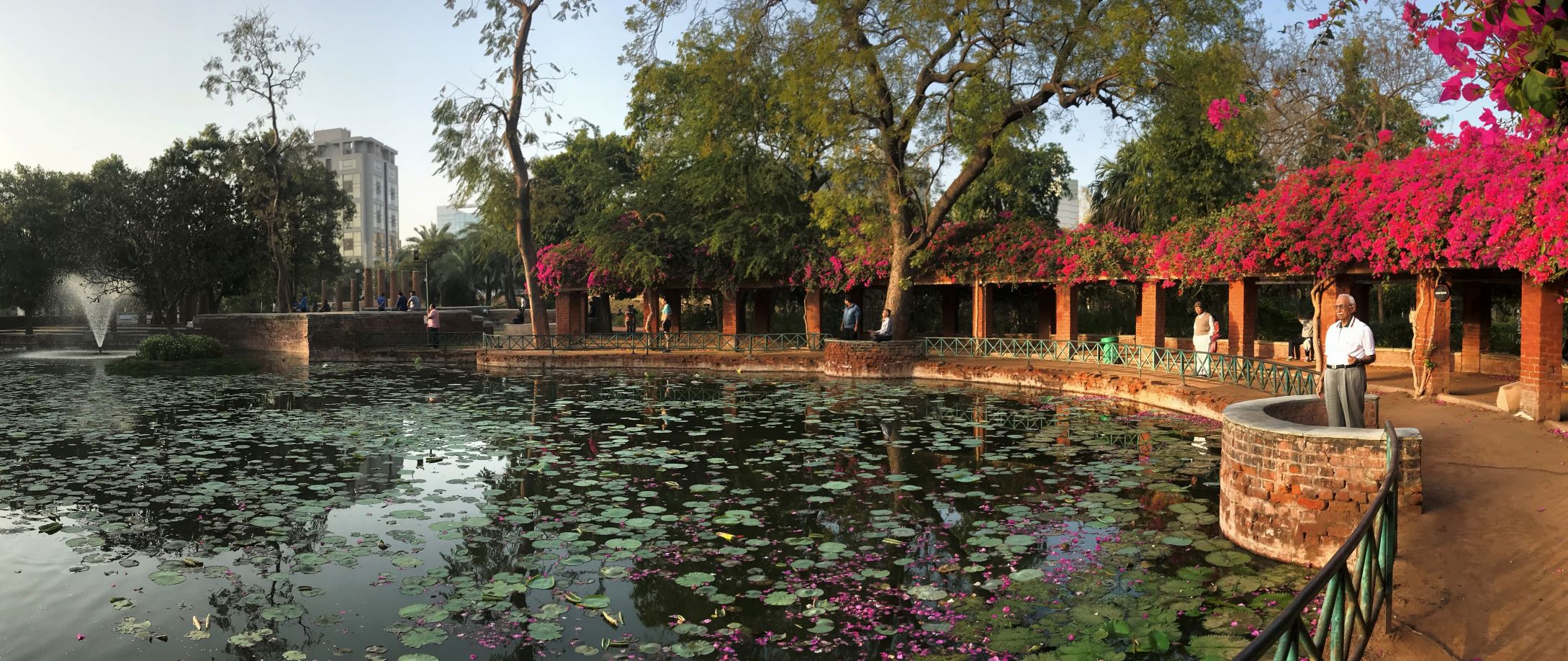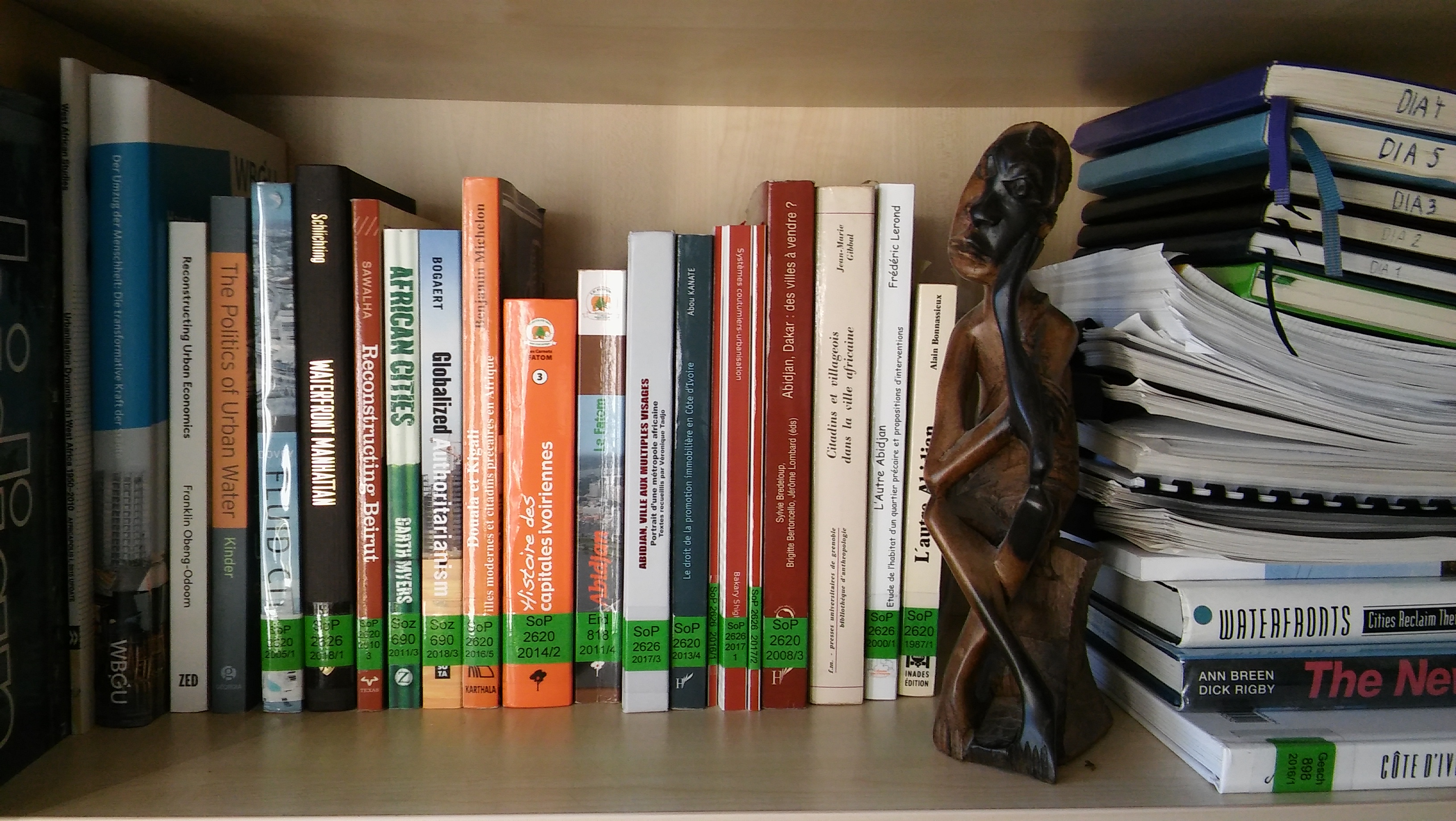Contribution to COP 23: Different stakes in environmental activism against coal. Perspectives from Germany and Bangladesh
[aesop_parallax img=”https://blog.zef.de/wp-content/uploads/2017/11/comp_P1030585.jpg” parallaxbg=”fixed” captionposition=”bottom-left” lightbox=”off” floater=”on” floaterposition=”left” floaterdirection=”none” overlay_revealfx=”off”]
About 20,000 people demonstrated in Bonn for the so-called Kohleausstieg (stepping away from using coal for energy generation) on 4th November 2017. Participants came from Germany and many other countries in order to request COP 23 delegates and politicians to end fossil fuel energy generation and consequently turn towards renewable energy sources to mitigate Green House Gases. Many German and international environmental organisations, such as the World Wildlife Fund and attac showed up with plenty supporters including youth organisations, such as the Greenpeace Youth.
International participants may have wondered about some localised issues raised by German activists during the peaceful protest prior to the COP 23. For example, a call for renewable energy was made with a strong refusal of nuclear generated power. This could theoretically contribute to climate change mitigation but is not a political option in Germany any longer. It has been a decade-long struggle by environmental activists before the German government under Angela Merkel had decided to withdraw step by step from this technology. This example illustrates that environmental protest even when targeted against the same technology (coal power plants) follows some specific regional and historical trajectories. We would like to explain this by taking a brief look at the issue in Germany and at a ZEF research that is going on in Bangladesh.
Urging the German government to step away from coal
If dispensing with coal was an easy political decision, former governments would have probably voted for change long time ago when renewable energy generation was acknowledged to be the future. Despite this wide acknowledgement, Germany is failing in its Green House Gas mitigation goals mainly due to continued energy generation from coal. One of the best contributions to the demonstration were three German private banners: “I vote for it”; “I vote against it”; and “I can understand both positions” which summarised the dilemma that any German government faces. Against the dozens of very good reasons to vote for stepping away from coal production (including CO2 emissions, as well as the destruction of landscapes and old villages) stand ten thousands of livelihoods depending on coal mining in some regions of Germany where coal has been the dominant engine for the economy. One could simply claim that politicians follow coal lobbyists and care for voters only. But each of these voters may also mean a worker´s family facing unemployment and the risk of despair and poverty. There are good examples in Germany for regions which have mastered a so-called structural change after economic or political conditions had changed drastically. But will this always work and will those workers and rural residents whose livelihood would get uprooted in the process be the beneficiaries of this change in the end? And of course, there are other economic and technical arguments also, why completely stepping away from coal is still difficult at this point in time. But still, climate change does not allow for hesitation or postponed decisions. It requests courage and a short, mid and long-term strategy to meet challenges that dispensing with coal will entail.
[aesop_gallery id=”2356″ revealfx=”off” overlay_revealfx=”off”]
Preventing the Bangladeshi government to commit stepping into coal
In Bangladesh, coal power is a relatively new phenomenon. The issue therefore is quite the opposite. Bangladeshis are stepping into coal based power generation, when many other countries dispersing with it. Since 2009, the government has planned to construct twenty-three coal based power plants which will be run by imported coal whereas the country has no sufficient coal mines. India, China, Japan and Singapore were contracted to build some of these power plants. Interestingly, these countries are closing some of their coal power plants to improve their own mitigation accounts and also to deal with raising environmental protest against CO2 emissions and air pollution, as well as with legal challenges.
On the contrary, experts identified Bangladesh’s huge potential to produce electricity from renewable sources including solar panels, wind power, biomass and hydro power to meet its demand of electricity. By the end of 2014, 3.5 million Bangladeshi households, about 10% of the total population, had installed solar panels. Meanwhile, every month 50,000 new households are getting connected to the solar generated power system. Despite having all these potential alternatives at hand, the government has planned to develop coal-based power plants. This has been criticised from different viewpoints. Environmental and social costs of coal based energy generation are burdened on local populations around these power plants.
Protesting for the Sundarbans
One of these power plants, the Rampal Coal Power Plant, is located only 14 km away from the Sundarbans Wetlands (a UNESCO world heritage site and recognised as Ramsar Site of ecological importance) and 70 km away from the UNESCO world heritage boundary. Construction of this coal power plant is criticised by the local people and the environmentalist mainly because of livelihood and environmental concerns. The precious wetlands of the Sundarbans and the Royal Bengal Tiger had been the focus of international environmental campaigns before.
After analysing the ecological, economic and social-political aspects, local, national and international environmentalists have protested against the Rampal Power Plant from the very beginning (in 2010). They have argued that Rampal had received the environmental clearance certificate on the basis of and Environmental Impact Assessment (EIA) which had been biased and conducted without sufficient scientific basis. Environmental activists demonstrated against the plant through different means, such as human chains on the street, writing newspaper articles, attending talk shows, and through online activism, protest rallies, blockage, and observing strikes (hartals in Bengal). Different organisations and individuals conducted research to forecast the impact of coal power generation on the Sundarbans and disseminated findings in national and international fora.
https://www.facebook.com/SaveSundarbans.SaveBangladesh/photos/a.255129371292030.1073741826.255128641292103/786579821480313/?type=3&permPage=1
Environmentalists demanded 1) to re-assess the EIA of the Rampal Power Plant, 2) to relocate the Rampal Plant from the Sundarbans, 3) to disclose the contracts that the government signed with the foreign companies, and 4) to search for alternative sources of electricity production. On 7th January 2017, the Global Protest Day, international environmentalists supported activism against coal power plants in Bangladesh in many major cities including London, New York, Berlin, Paris, Tokyo, and Melbourne. These demonstrations have helped to accumulate voices from across the world to save the Sundarbans.
International organisations including the UNESCO and Ramsar also requested the government of Bangladesh to reconsider the location of the Rampal Power Plant. The issue of the Sundarbans has been discussed at the 41st session of the UNESCO World Heritage Committee held in Krakow, Poland, in July 2017. The committee recommended stopping large-scale construction until a Strategic Environment Assessment was conducted. Despite this request, the government of Bangladesh is pushing ahead with the project at the planned pace.
[aesop_image imgwidth=”100%” img=”https://blog.zef.de/wp-content/uploads/2017/11/by-Hossain.jpg” credit=”Photo: Mohammad Hossain” align=”center” lightbox=”on” captionposition=”left” revealfx=”off” overlay_revealfx=”off”]
Protesting for local livelihoods
Additionally, the population from most of these areas where power plant are established have protested against the land acquisition to construct the said power plant. As Bangladesh is a densely populated country, it is always difficult to develop large development projects which require land. A large number of people need to be displaced from their land in order to build these power plants. Local people protested because the development agencies did not plan for rehabilitation, and the compensation rate was lower compared to actual market price. Respondents to the research were also dissatisfied with the irregularities, corruption, and harassment in compensation process. They claimed that they had to pay 10% of their compensation money as bribe. They were also worried about the environmental impact of coal power plant which they came to know through the campaign of environmentalists.
Local communities tried to get the attention of the government by various ways, such as writing petition, organizing human chains, and protest. The situation became worse when people were killed and arrested by police in one of the coal power plant areas named Banshkhali. The administration adopted an intolerant stance towards the protesters. As a result most of the male members of the plant area stayed outside the locality for a prolonged time fearing of being arrested.
Different stakes in environmental activism
The ZEF research revealed that environmentalists were only criticising the Rampal Power Plant close to the Sundarbans. They were, however, not found to fight against of the coal-fired power production in general but to demand following environmental rules and regulations when building these plants. Therefore, environmental activists are silent about other proposed coal-based power plants across Bangladesh. And they were not found to be vocal in supporting the protest by local people either.
The on-going ZEF research by Mohammed Hossain analyses and disentangles these diverse and at times opposite interests in the protest against coal power plants. His findings will help us to understand much better what the particular local political issues of coal power generation are and how activism in Bangladesh for the environment and local livelihoods can be supported.
[aesop_gallery id=”2378″ revealfx=”off” overlay_revealfx=”off”]







